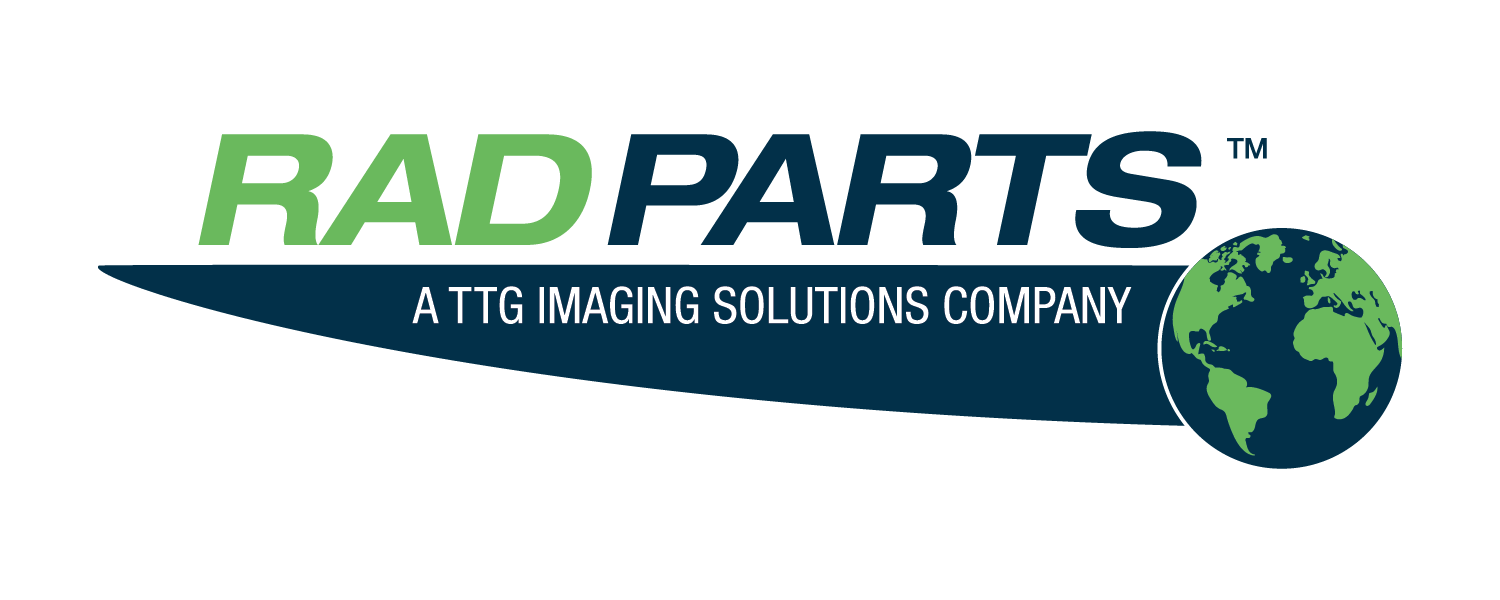Innovative Radiotherapy Method Potentially Halves Treatment Duration For Head And Neck Cancer

Innovative Radiotherapy Method Potentially Halves Treatment Duration for Head and Neck Cancer
A groundbreaking study by the IAEA has found that a new radiotherapy technique for head and neck cancer could significantly shorten treatment times, especially beneficial for low- and middle-income countries (LMICs). This research, the largest of its kind, involved 12 centers across ten LMICs, including Argentina, Brazil, Cuba, India, Indonesia, Pakistan, Philippines, South Africa, Thailand, and Uruguay. The study showed that administering fewer but higher doses of radiation has similar clinical outcomes to standard treatments, potentially halving treatment durations.
This advancement could be a game-changer for LMICs, where head and neck cancer is particularly prevalent, accounting for 76% of global cases and 84% of deaths in 2020. Shorter treatment times mean reduced waitlists, allowing more patients to receive prompt care. This is crucial in LMICs, where challenges like increased demand for radiotherapy, limited resources, and centralized healthcare services in major cities contribute to long waiting periods. Reducing these wait times not only eases patient and family anxiety but also improves survival chances. The findings have been published in the International Journal of Radiation Oncology, Biology, and Physics and align with global initiatives like the IAEA's Rays of Hope, which aims to bolster cancer treatment capabilities in these countries.
What is Radiation Therapy?
The IAEA's HYPNO trial, launched in 2010, has introduced a transformative approach to radiotherapy for head and neck cancer, a disease prevalent in low- and middle-income countries (LMICs). Traditional treatment typically spans seven weeks, but prior studies have explored more intense regimens, either increasing the dose over the same period or maintaining the dose but shortening the duration to five to six weeks. These methods proved safe and effective.
Expanding on these findings, the IAEA's latest research tested an even more intensive method: hypofractionated radiotherapy. This approach administers fewer but higher radiation doses over just four weeks, roughly half the time of standard treatment. In a groundbreaking comparison involving 729 patients, the outcomes and survival rates for those receiving accelerated normo-fractionated and hypofractionated radiotherapy were similar, affirming the latter's efficacy and safety in a shorter timeframe.
The trial's influential results, presented by Professor S ren M. Bentzen at the American Society for Therapeutic Radiology and Oncology's annual meeting, underscore the need for randomized controlled trials in LMICs to establish evidence-based practices. This research exemplifies how international collaboration and the IAEA's role in connecting global cancer centers can lead to significant advancements in radiation oncology. The HYPNO trial's success means that radiation oncologists can now treat more patients effectively and efficiently, offering a practical solution to resource limitations in cancer care.
Written by the digital marketing team at Creative Programs & Systems: www.cpsmi.com
- Understanding Linear Accelerators and Their Role in Cancer Treatment
- Israeli Child Receives Pioneering Seated Proton Therapy with Innovative System
- Significant Milestone Reached in Compact Particle Accelerator Technology
- Innovative Radiotherapy Method Potentially Halves Treatment Duration for Head and Neck Cancer
- WSU Veterinary Hospital Installs a New Linear Accelerator to Fight Cancer
- Patients Privately Pay $2,500 for a Full-Body MRI Scan to Detect Cancer
- MIT and Dana-Farber's Breakthrough in Identifying Cancer Origins
- Available Diagnostic Imaging for Smaller Communities & Young Athletes
- New MR, PET Images Analyze Alzheimer’s Biomarkers
- Prostate Cancer Treatment Vastly Improved








